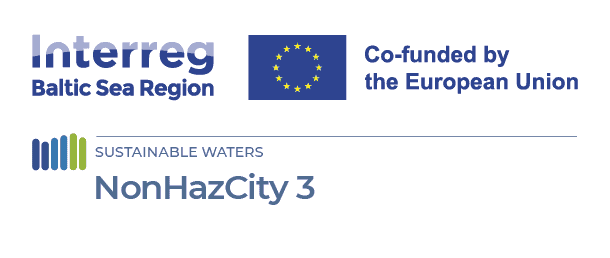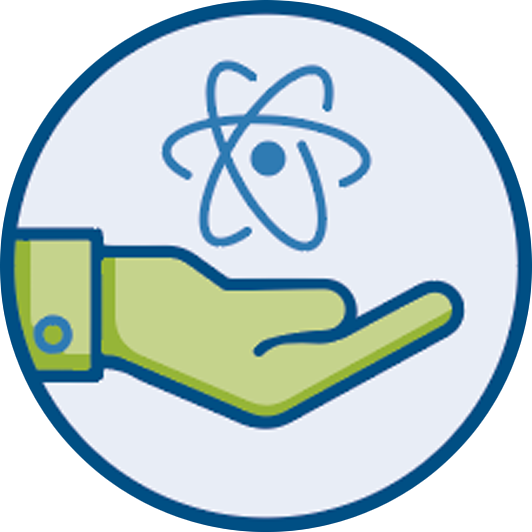
New kindergarten with DGNB gold certification
10 February 2025
The pilot project, Jyderup kindergarten, – prioritizes life cycle assessment (LCA), social, economic, ecological quality, and resource efficiency. It was completed in November 2024 and it received the DGNB Gold certification. DGNB stands for ‘Deutsche Gesellschaft für Nachhaltiges Bauen’ (in English the German Sustainable Building Council) and is a German sustainability certification for buildings.
The area of the kindergarten building is 1.826 m2 and is meant for 4 group rooms for up to 144 children. The building is designed with large canopies, mainly to take sunlight and protect the indoor environment from overheating in the warm months. It also has a shielding effect on windows and facades, to protect the building and ensure a longer lifespan for the building materials. Facades are in salt-impregnated wood to prevent use of toxins in wood protection. In the case of roof materials, flat roofing with a mix of roofing felt and grass has been chosen. Concerning indoor materials; natural and long-lasting materials such as wood and linoleum have been prioritized.
The pilot project aims to examine whether the building’s materials align with the low-chemical standards expected from sustainability certifications, particularly the DGNB certification, which is thought to take a broad view of sustainability, potentially not focusing primarily on chemicals.
The pilot compares material data from the kindergarten project with the BVB database, using information from the NonHazCity3 Catalogue and a manual digital logbook from the project. The goal is to assess the chemical content of the materials used and create a roadmap for achieving toxin-free buildings in Holbæk Municipality in the future.
Key stakeholders include the municipality, building consultants, architects, engineers, landscape architects, and the DGNB auditor.
The expected outcome is to develop a strategy for toxin-free buildings in the future based on the findings from the pilot project.
Interactive map showing pilot locations. Use the arrow keys to move the map view and the zoom controls to zoom in or out. Press the Tab key to navigate between markers. Press Enter or click a marker to view pilot project details.





